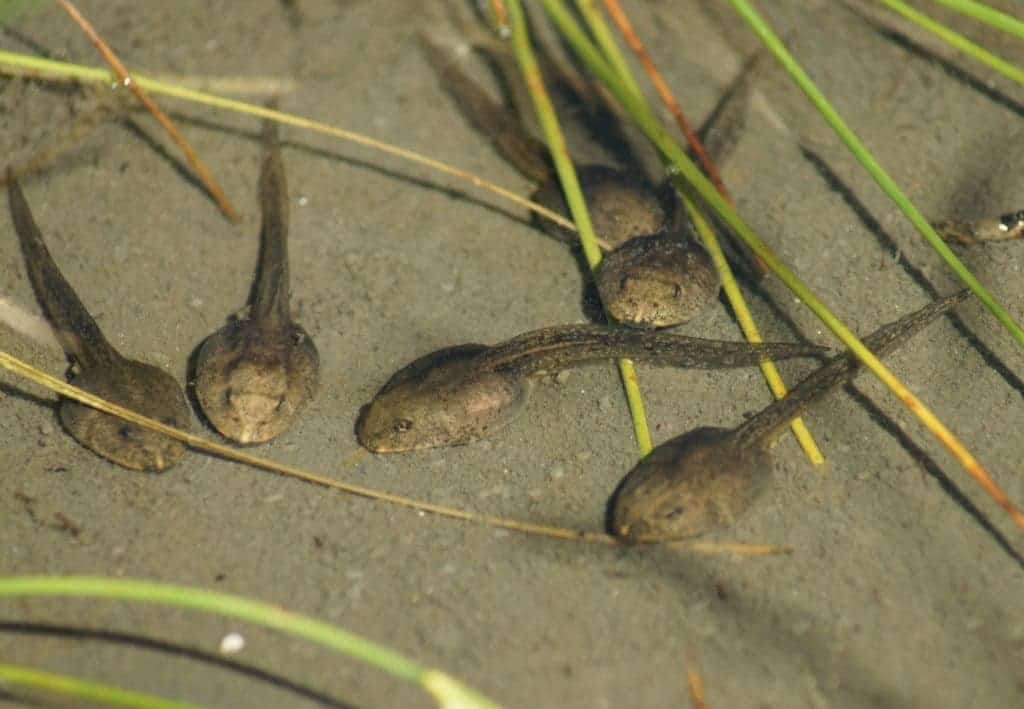A new highly infectious diseases has been observed in tadpoles from three continents, threatening global populations. The disease, which was identified and described by British scientists, is a distant relative of an oyster disease.
“Phylogenetic analyses revealed that this infectious agent was affiliated with the Perkinsea: a parasitic group within the alveolates exemplified by Perkinsus sp., a “marine” protist responsible for mass-mortality events in commercial shellfish populations,” the study writes.
It’s a bad time to be a frog. 42% of frog species are listed as being in decline, frog habitat is being destroyed throughout the globe, and now, there’s a new disease to deal with. The disease is caused by single celled microbes, and has been already observed on three different continents.
Professor Thomas Richards, from the University of Exeter and author of the study describing the diseases said:
“Global frog populations are suffering serious declines and infectious disease has been shown to be a significant factor. Our work has revealed a previously unidentified microbial group that infects tadpole livers in frog populations across the globe. We now need to figure out if this novel microbe – a distant relative of oyster parasites – causes significant disease and could be contributing to the frog population declines.”
To make things even more worrying, the pathogens seem to thrive in all climates ranging from temperate to tropical, and the tadpoles seem to not be able to develop immunity.
This study, and the general decline of amphibians adds more evidence to the already established theory of the sixth mass extinction; so far, in its geological time, the Earth has underwent five major extinction. Now, a new one is happening, and we are causing it. To make things even worse, we’re only now starting to understand it.
“The decline of amphibian populations, particularly frogs, is often cited as an example in support of the claim that Earth is undergoing its sixth mass extinction event. Amphibians seem to be particularly sensitive to emerging diseases (e.g., fungal and viral pathogens), yet the diversity and geographic distribution of infectious agents are only starting to be investigated.”










